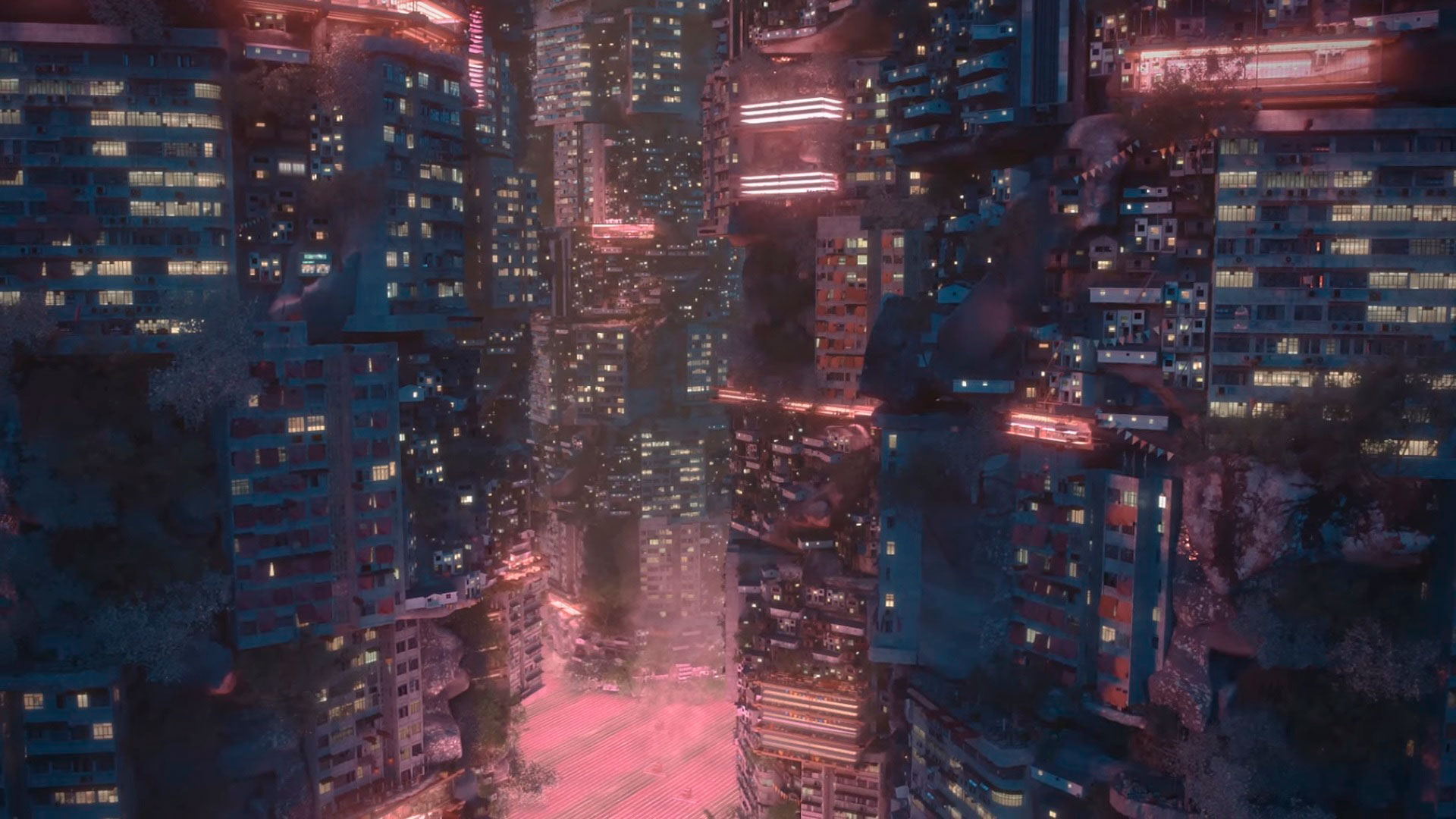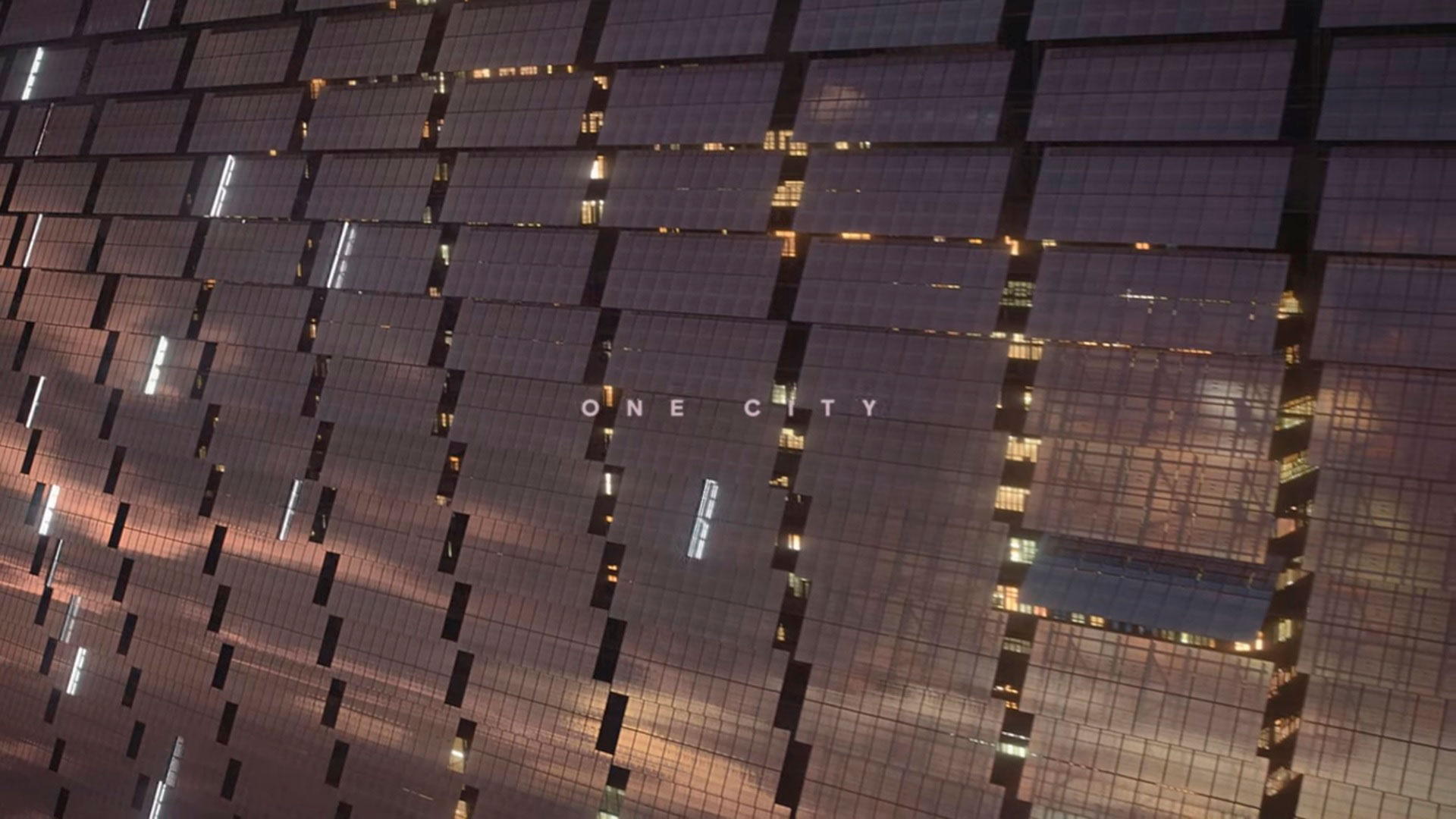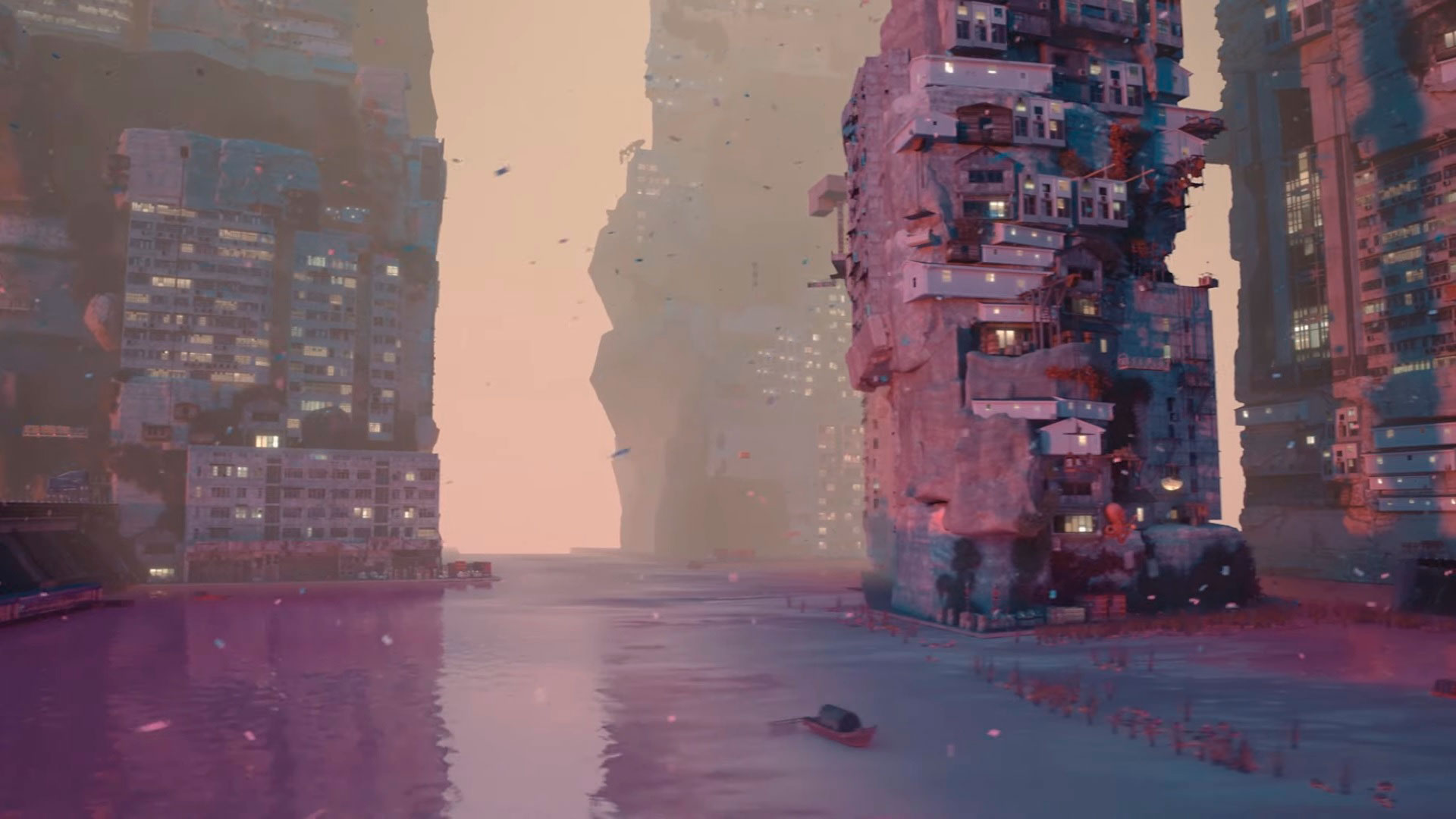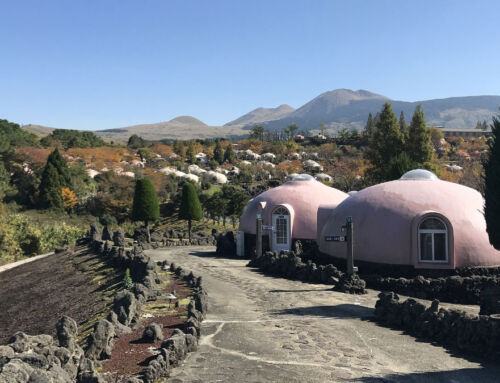Imagination is one of the sources from which, as a creative profession, architecture draws its nourishment. Precisely, one of the latest proposals with the greatest dose of imagination has caught our attention: Planet City. It is a visionary idea rather than a project, mixing fiction and reality or, more precisely, science fiction and architecture. Los Angeles-based Australian architect Liam Young proposes a Copernican twist in urban planning and architecture: a single city to house the entire world’s population. This is the part of the imagination, or science fiction, whilst the part of reality is provided by the challenges of deforestation, species extinction and climate change facing the world today, to which he intends to respond.
This speculative architectural proposal, illustrated with a book and a short film, was commissioned by the National Gallery of Victoria, Australia, for its Triennial exhibition, which opened in Melbourne last December. For the design of Planet City, Young worked with the support and advice of “a worldwide network of scientists, theorists and economists“. In short, Planet City, a hyper-dense, self-sufficient city, would be home to some 10 billion people, the world’s projected population by 2050.
Planet City would therefore occupy only 0.02% of the planetary surface and would free up the remaining land for reforestation and the return of wildlife to the places from which it has been displaced by human activity. The city would contain 221,367 km2 of buildings up to 167 storeys high, and 4.3 billion-plus bicycles. It would otherwise operate according to the principles of the circular economy, with the recycling of waste materials, an electricity supply from 49.4 billion-plus solar panels, ‘indoor farms’ and vertical gardens to provide food, and the use of algae plantations to filter pollution and provide additional nutrients.
Young’s proposal has the same effect that Jules Verne’s novel, From the Earth to the Moon, certainly had in 1865. However, just over a century after its publication, man set foot on the surface of the Earth’s satellite. The speculative architectural idea of Planet City joins others, such as those we have seen for future construction on Mars. These are certainly stimulating and inspiring visions, which help to imagine what our future could be like. For an illustration of Young’s fictional architecture, don’t miss the video that summarises it.
Sources: Dezeen, National Gallery Victoria









